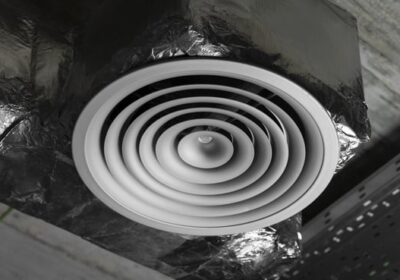What is the Difference Between Lux and Lumens When It Comes To Bulb Brightness?
When it comes to lighting your home or office, one of the most important factors to consider is bulb brightness. Bulb brightness is measured in lumens, which is a unit of measurement that describes the amount of light emitted by a bulb.
When shopping for new bulbs, it’s important to pay attention to the lumens rating. This will tell you how bright the bulb is and will help you choose the right bulb for your needs. For example, if you’re looking for a bulb to use in a reading lamp or for task lighting, you’ll want to choose a bulb with a higher lumens rating. On the other hand, if you’re looking for a bulb to use as ambient lighting, you’ll want to choose a bulb with a lower lumens rating.
Another important factor to consider when shopping for bulbs is the color temperature. Bulbs come in a range of color temperatures, from warm white to cool white. Warm white bulbs have a yellowish tint and are often used in living rooms and bedrooms. Cool white bulbs have a bluish tint and are often used in kitchens, bathrooms, and other functional spaces.
When choosing the right bulb brightness, it is also important to consider the size of the room and the purpose of the light. A small room with a low ceiling will require less light than a large room with a high ceiling. In addition, a room that is used for watching TV or reading will require more light than a room that is used for sleeping.
In conclusion, bulb brightness is an important factor to consider when choosing new bulbs for your home or office. The lumens rating will tell you how bright the bulb is, and the color temperature will affect the overall ambiance of the room. Be sure to consider the size of the room and the purpose of the light to make the best choice for your needs.

Lux and Lumens
Lux and lumens are two measurements of the brightness of a light bulb. Although these are a measurement of brightness, they are different in some minor ways. We will discuss the differences between lux and lumens and try to help you to figure out how to understand the metrics of each of them.
What is the Core Difference Between Lux and Lumens?
Lux is how the illuminance or full amount of light lands onto a surface while the lumens measure the total amount of the light which is emitted in every direction or the “luminous flux”. If you can picture a shower of yellow dots falling from the top of your computer screen, the total number of dots falling onto the surface is the lux while the lumens while the total number of dots released represents the lumens.
A lux reading is higher closest to the light source but is reduced as you move away from the light as a result of the dispersion of the light. When you are looking at a light bulb and trying to determine the lux rating, you will need to know what distance is associated with that rating. If the rating is 1000 lux at four feet, then you will only know the rating, but you might not know what the distance is this is being measured at and cannot make a comparison that is valid. Directional light sources like spotlights have a higher lux reading in the centre of the beam. When you are moving away from the centre the lux decreases.
Lux or Lumens – When to Use
Lux is a key factor in understanding the bright appearance of a surface. If you are trying to predict how bright a specific surface is going to appear, for example, a subject that you will be photographing, this metric is vital. If you do not have adequate levels of lux, it can be hard to take a decent photograph. Here are some common levels of lux:
Direct Sun/daylight: 100,000 lux which equates to 2,000 micromoles/second per square meter
Indirect sun / daytime: 10,000 lux which equates to 200 micromoles/second per square meter
Cloudy or dark day: 1,000 lux which equates to 20 micromoles/second per square meter
The measurement of lux is the total amount of light that lands on a surface, and this can include the light from various sources including light bulbs and daylight. Knowing the number of lumens is important if you need to know the amount of light being emitted from a single light source. The knowledge of how much light is emitted becomes useful when you want to compare the total amount emitted and to know if the amount of light being emitted is adequate for a particular space.
Are There Different Methods Used to Measure Differences Between Lux and Lumens?
Lux measures the amount of light that lands on a surface so the light from a small handheld meter is able to measure light falling on a surface. These are less expensive than other devices and can also be used together with smartphones when you are out in the field.
Lumens is a measurement of the amount of light being emitted from just one light source in every direction. This requires sophisticated instruments to be able to measure the light. Devices that are used in this case are known as an integrating sphere or a goniosphere and are utilized to capture the light that is emitted in every direction at every angle and all of the light being emitted together.
Usage of Lighting
It is not easy to predict how a specific environment will affect the light that is being used. If you have a torch, for example, and it is supposed to be 500 lux, it depends completely on how you use the torch and where you are using it. You are able to convert lux into lumens once you know the lux rating which you can measure using a light meter. One lux is equal to one lumen in an area of one square meter.
If you want to optimize your lighting, you need to understand the difference between lumens and lux. Lumens will give you a greater amount of lux. You will want to take a closer look at how the light is being directed and where fittings will be placed when you decide that you need to change the lighting in a room.
Concept by Orca Solar Street Lighting










